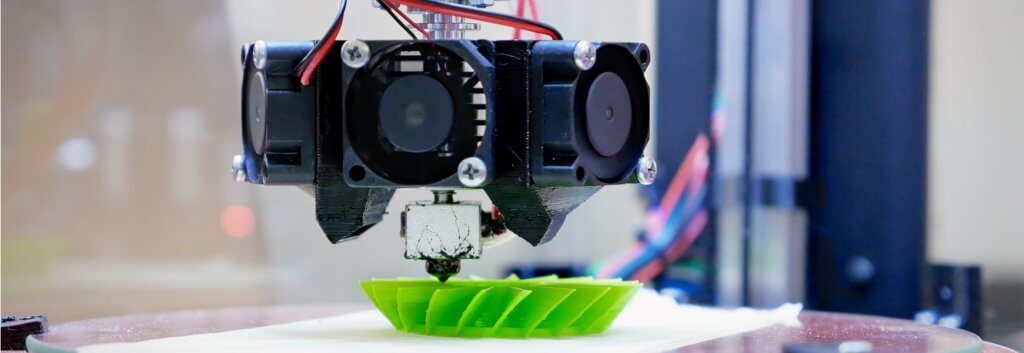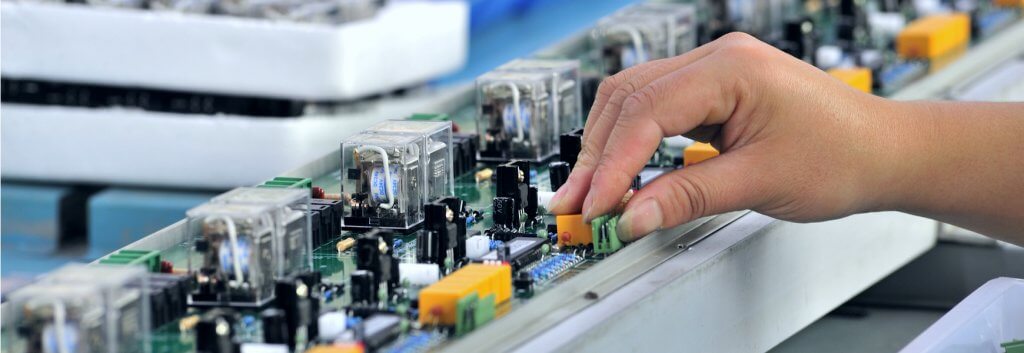The last few stages of the product development cycle often cause confusion for those that are unfamiliar with the engineering validation process.
Many companies (especially when they are developing a product for the first time) assume that you can go straight into production once you have a working prototype/MVP (minimum viable product) and a thorough enough product requirements document (PRD). However, without going through a proper validation process, you may end up shipping a product that will need to be recalled in the future, which can potentially cost your company as much as US$10 million to over US$100 million.
When speaking about the engineering validation phases, you may hear the acronyms EVT, DVT and PVT a lot. If you are about to launch a new product, it is important to know what they mean and how they are relevant to the validation of your product.
What do EVT, DVT & PVT mean?
In short, these three acronyms refer to three different validation tests that need to be performed before going into mass production: Engineering Validation Testing (EVT), Design Validation Testing (DVT) and Production Validation Testing (PVT). Though the whole process for each stage may differ depending on your product and who you are working with, this is what you can usually expect from these tests.

Engineering Validation Testing (EVT)
Typical quantities: 10–50 units
Typical duration: 4–6 weeks
Test administrator: FATP (final assembly & test plant)/3rd party
Exit criteria: All engineering features and functions are present and operational.
EVT looks at whether your product fulfills all the functional, performance and reliability requirements listed in your PRD (for example, 4-hour battery life, 15 Hz–25 kHz frequency response). The main purpose of EVT is to have a working product that meets all expected results and metrics from its specifications. As such, you only need soft tooling and a simulated manufacturing line to produce your units.
These tests will look at both the hardware and software of your product to ensure proper form factor, thermal management, and so on. For electronic devices, this is a crucial review step that can require a few iterations to complete.

Design Validation Testing (DVT)
Typical quantities: 50–100 units
Typical duration: 4 weeks
Test administrator: FATP/3rd party
Exit criteria: Confidence that issues causing unacceptable yields have been corrected.
In DVT, you will ensure that your product meets both its cosmetic requirements (what it looks like) and environmental requirements (its functionality in different situations and surroundings). This stage is highly related to regulatory certifications (for example, RoHS, FCC, UL) that make your product suitable for sale. Because of that, these tests are focused on building the products consistently and reliably, so hard tooling is used to create units that simulate the final product.
The units will be subject to rigorous stress-testing (for example, dropping from heights, burning, submerging in water, extensive battery testing, and so on) to check durability, stability, and product lifespan with regulatory specifications in mind. User groups could also be used to test whether the products meet customers’ expectations.

Production Validation Testing (PVT)
Typical quantities: 1,000 units
Typical duration: 2 weeks–2 months
Test administrator: FATP
Exit criteria: Mass production yields at mass production speeds.
Before going into mass production, it is important to pilot your production line to evaluate both quality assurance (QA) and quality control (QC). PVT is about testing full manufacturing speeds with the goal of optimizing your production processes and ensuring that units can be produced at the correct volume, cost and quality.
Units produced during these tests are intended to be sold to customers if they fulfill all requirements, and will be considered part of your first production run. If faults are found, this will be your last chance to adjust tooling before ramping up for mass production.
Final Words
Developing a product that fits within your specifications and customer expectations takes a lot of time and effort, but investing in proper EVT, DVT and PVT will go a long way to avoiding mass production issues that may end up costing your company not only money but also customer confidence.
Looking for a product development partner for your next innovative product?
Reach out to one of our consultants today.
